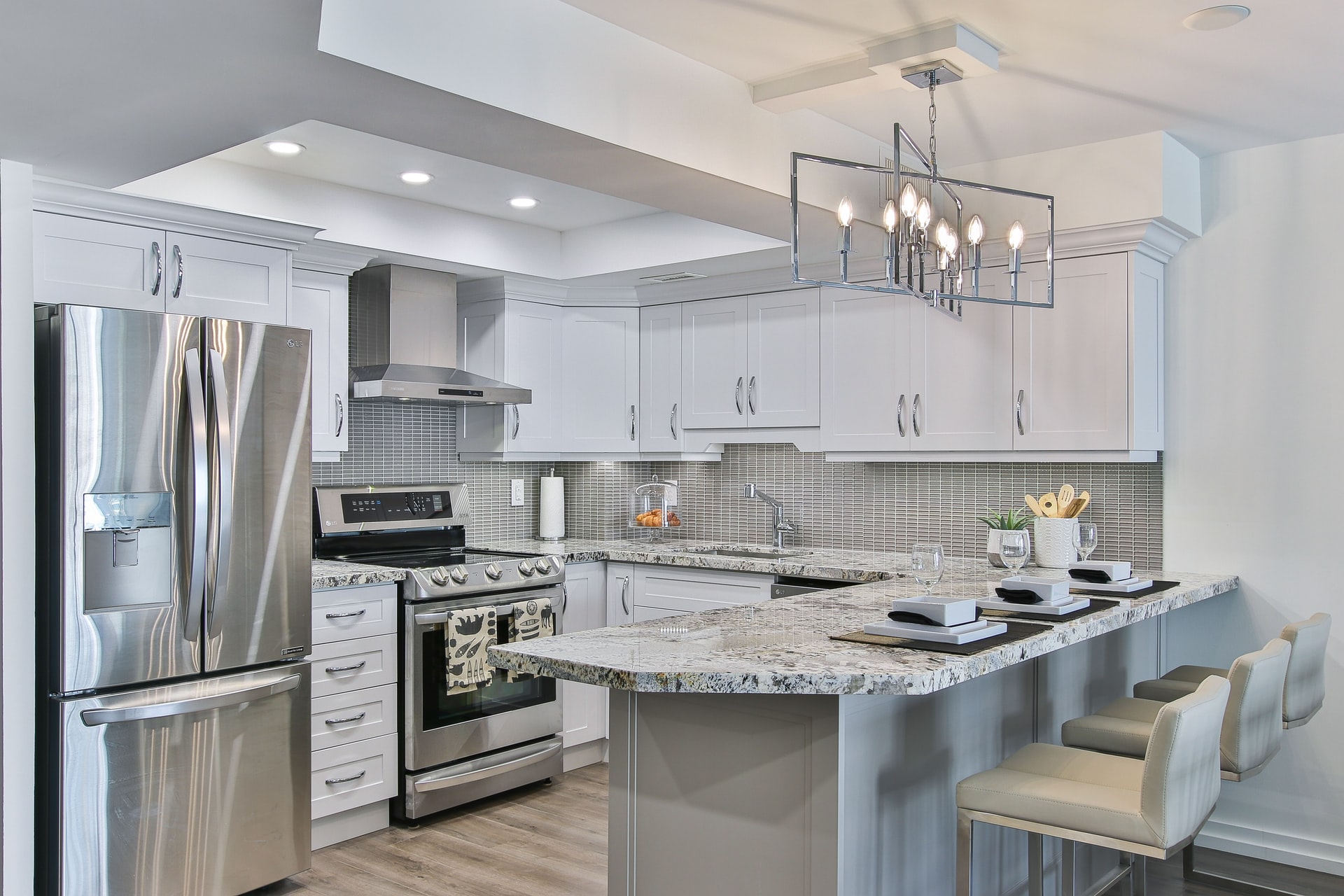First, determine the type of chimney that you will need to install a chimney. For factory-built fireplaces and wood stoves, check the owner’s manual. It is important to clearly state the chimney requirements.
It is important for you to choose chimneys from any of the best chimney brands in the country. Faber kitchen chimney has a reputation of offering quality products without compromising on the performance.
You must do the same thing if you want to fit a used or new appliance into an existing chimney. Connecting a wood stove to a chimney designed for a specific type of fireplace could prove disastrous. Do not assume you have the correct type of chimney.
Anatomy of a Chimney
Here’s a tip: Ask your local stove shop for a manual or if you can order one. They might be able to provide some helpful information if they don’t have one.
Simply put, a chimney is a tube that draws combustion products (smoke or gasses) from an appliance such as a fireplace or woodstove to the outside atmosphere. These are the main parts.
Flues. One or more flues are vertical passageways found inside a chimney. Each appliance that is connected to the chimney, such as a fireplace, furnace, or wood stove, should have its own flue. One chimney might contain more than one flue. If you have a fireplace and a furnace connected to the chimney, there should be at least two vertical passageways running up the chimney’s interior.
The inside of a pipe is the only passageway that metal factory-built chimneys have for venting their combustion products.
Liners for flues
For safety and better performance, flue liners are used in modern masonry chimneys. The most popular types of liners include:
Terra-cotta.
Baked clay liners are also known as terra-cotta, tile liners, or terra-cotta. They measure approximately 5/8″ thick and look like squares, rectangles, or circular tubes measuring 2 feet in length. To create a smooth, continuous lining, they are cemented from the end to the end of the flue.
There are other modular liners. Modular liners can also be made from other materials than terra cotta. These include refractory cement or volcanic pumice.
Stainless Steel.
The stainless steel liner system is useful for relining chimneys. However, it can also be used in new construction. It consists of a tube made from metal and some insulation. The insulation provides an extra layer of protection and keeps the flue warm by providing additional insulation.
Aluminum.
Aluminum liner systems can be used in some installations of gas-fired equipment.
Cast-in place.
Cast-in-place Liners are essentially a thick layer made of a cement-type material that is highly durable and insulative. It is applied to the flue walls.
Installing a cast-in place lining is possible in one way.
This involves inserting a removable rubber tub that runs the length of the flue, and then pumping the liner material into it. Later, the tube is removed and a cast-in-place flue lining is left.
Notice: The chimney’s inner wall serves as a chimney liner for a metal factory-built chimney.







